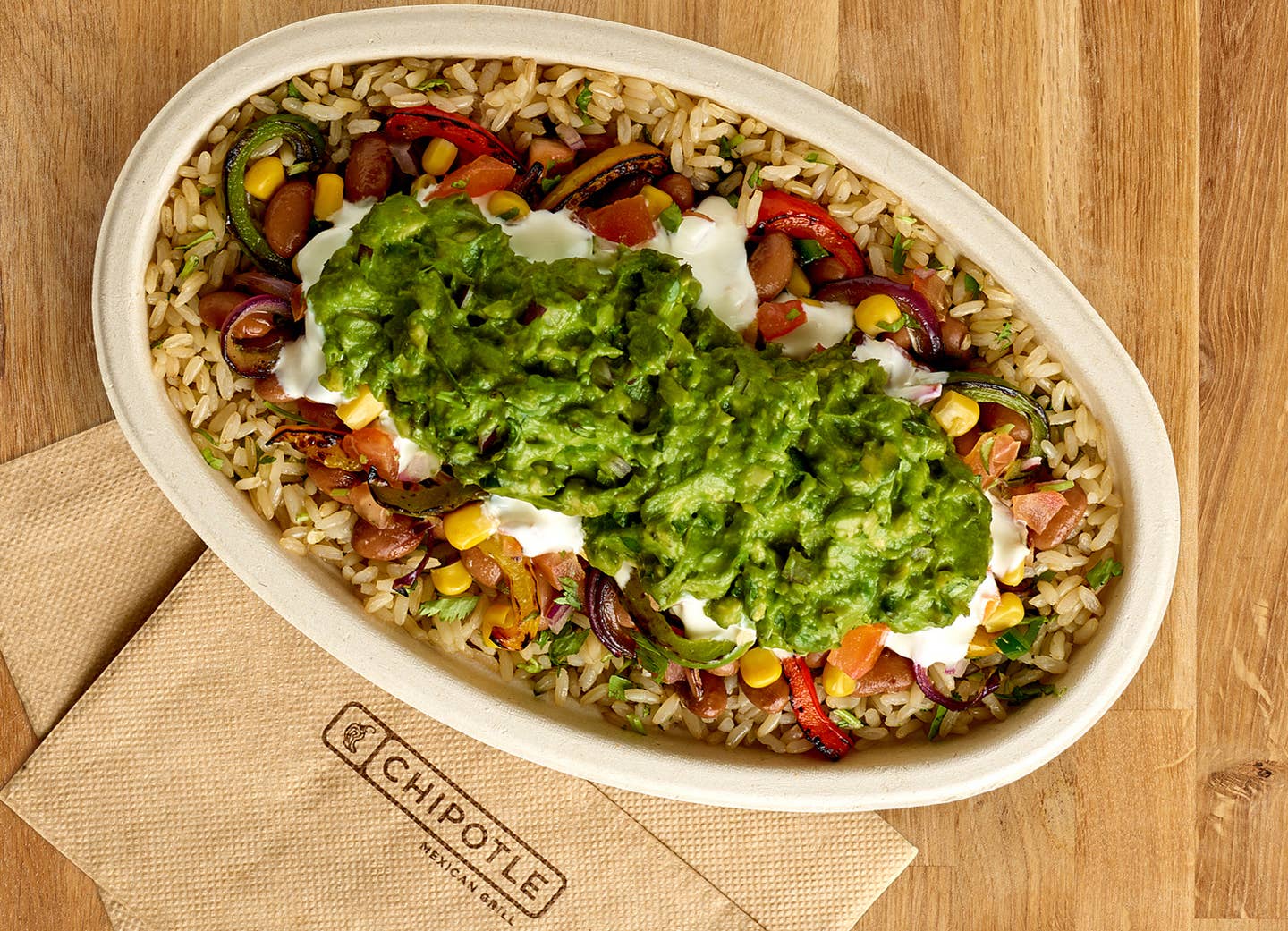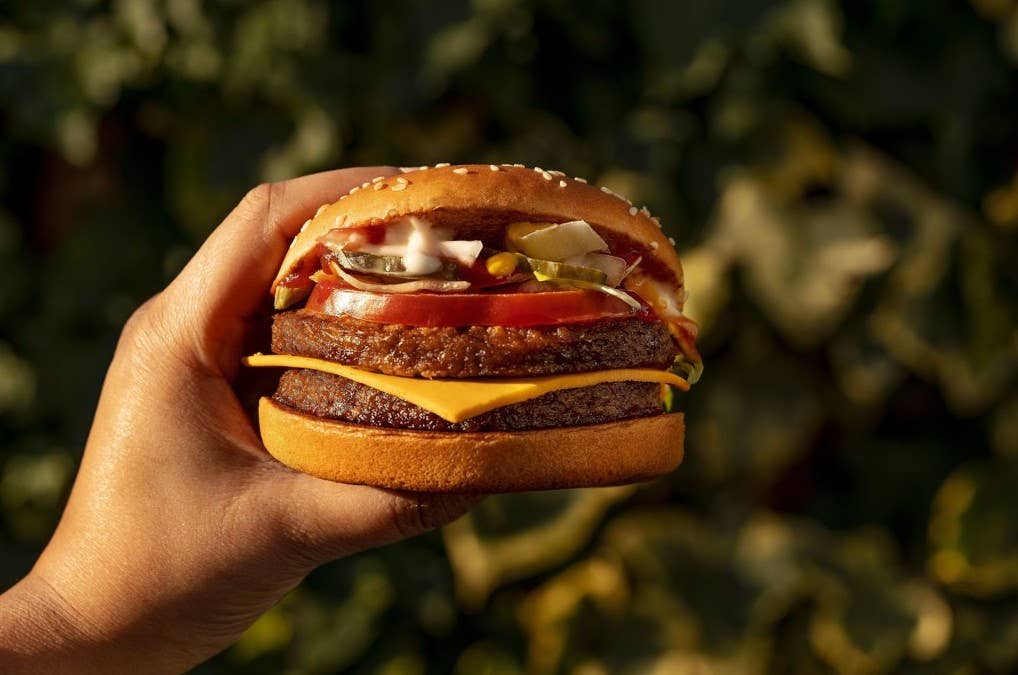
Good Fat, Bad Fat: How to Know the Difference & How Much Do You Need?
Fat gets a bad rap. Fat helps your body and brain function, and you need fat for basic daily tasks, from growing healthy skin, nails, and hair to absorbing fat-soluble vitamins. Fat is essential in creating cell membranes; it surrounds the cell and allows for the exchange of vital nutrients. Without fat, your brain couldn't perform its job as mission control.
But not all fat is created equal. There’s fat that is good for you (and your heart and cardiovascular system) and there’s fat that is bad for you, building up over time into calcifications and forming miniature plaque deposits that can result in high blood pressure, heart disease, heart attack, and stroke. Knowing the difference between the types of fat will ensure that your efforts to eat a healthy diet will be a long-term success.
The skinny on bad fats
Fats fall into three categories: Trans fats, saturated fats, and unsaturated fats. While it’s best to eliminate and avoid the first two kinds, the last one is healthy.
Start first with trans fats, which can negatively impact heart health by increasing LDL (or bad) cholesterol and decreasing HDL (or good) cholesterol. “Consuming trans fats can contribute to increased risk of cardiac events and cardiovascular disease,” says Kimberly Gomer, M.S., R.D., L.D.N., director of nutrition at Pritikin Longevity Center in Miami.
Trans fats factor heavily into the standard American diet. They occur naturally in some meat and dairy-based foods. They’re also in packaged and processed foods like donuts, cookies, pastries, muffins, pies, and other fried foods. “Trans fats were developed to improve the taste and shelf life of food,” says Vanita Rahman, M.D., clinic director of the Barnard Medical Center in Washington, D.C., adding that because of government pressure, the use of trans fats in food has fortunately decreased.
Meanwhile, saturated fats also increase LDL in the blood, the bad cholesterol that leads to blockages. Typically solid at room temperature (such as a stick of butter, Rahman says), saturated fats are found in many animal-based food sources, like beef, lamb, pork, bacon, sausage, and some poultry (primarily the parts that contain the skin), whole-fat dairy products, including milk, yogurt, cheese, and egg yolks.
The confusion over saturated fat has raged for decades, and only recently have studies definitively found that unhealthy saturated fat is to be avoided, according to Dr. Joel Kahn.
The surprise? Some plant-based foods contain saturated fats, including tropical oils like palm, palm kernel, and coconut oils (this includes MCT oil, which is extracted from these oils). Even chocolate can be high in saturated fat.
What is considered a "good" fat?
While you might think trans and sat fats are the four-letter words of your diet, to be avoided at all costs, you can embrace unsaturated fats. Unlike other fats, unsaturated fats are beneficial for your health.
There are two types of unsaturated fat: Polyunsaturated and monounsaturated. Although they’re both typically liquid at room temperature (avocado oil, olive oil are two), Poly- and monounsaturated fats differ in their chemical structure. “Monounsaturated fats have only one double bond, while polyunsaturated fats have more than one double bond,” Gomer explains, but they both have a positive impact on health, by lowering bad cholesterol.
Balancing your consumption of these fats is important in maintaining an overall healthy diet. “Multiple double bonds in a polyunsaturated fat do increase possibilities of oxidation due to unstable chemical structure," he explains, "but they’re considered essential and must be obtained from food.” Polyunsaturated fats also contain omega 3 and omega 6 fatty acids, which help your brain and heart health.
Major sources of monounsaturated fats include olive oil, canola oil, avocados, nuts, and seeds. Meanwhile, rich sources of polyunsaturated fats are found in flax and chia seeds, walnuts, and fatty fish like salmon, mackerel, herring, and sardines.
How to fit fat into your diet
No matter your health or your goals, everybody should avoid trans fat–you’ll know if a food has it if it contains “hydrogenated” or “partially hydrogenated” oil on the label– and limit saturated fat as much as possible. That’s why Rahman recommends avoiding coconut and palm oils completely, and if your cholesterol is an issue, keep chocolate intake low, too.
Beyond that, consider your overall health. If you have diabetes or prediabetes, want to lower your blood sugar, lose weight or reduce your risk of cardiovascular disease, you need to limit the amount of fat, even unsaturated, in your diet, Rahman says. In general, try to keep your intake to less than 10 percent of your total daily calories. That means a maximum of two tablespoons per day of fatty foods, she says, adding that numerous studies support the health benefits of a low-fat plant-based diet.
Don’t have any of those pressing health concerns? Keep your fat intake to no more than10 percent of your calories a day, Rahman recommends. “If you’re exceeding that amount, you may be doing it at the expense of other nutrients, like fiber,” Rahman says. (Fiber is only found in plant-based foods like vegetables, legumes, fruit and nuts. Here is a list of The 20 Best Sources of Fiber.)
But what does 10 percent translate into? That’s about 20 to 30 grams of fat a day, Rahman says. Look for plant-based foods that contain less than two to three grams of fat per serving. You also want to be conscious of getting healthy omega 3 fats, Gomer says. While you can get these from fish, someone on a plant-based or vegan diet will want to source omega 3s from plant-based foods like sunflowers, flax, and chia seeds, and nuts like walnuts, peanuts, and pine nuts. In general, two ounces a day is recommended.
And that’s the story of fat. It really is that simple: Eliminate or limit the bad fats and opt for the good fats – but in small amounts.
More From The Beet






